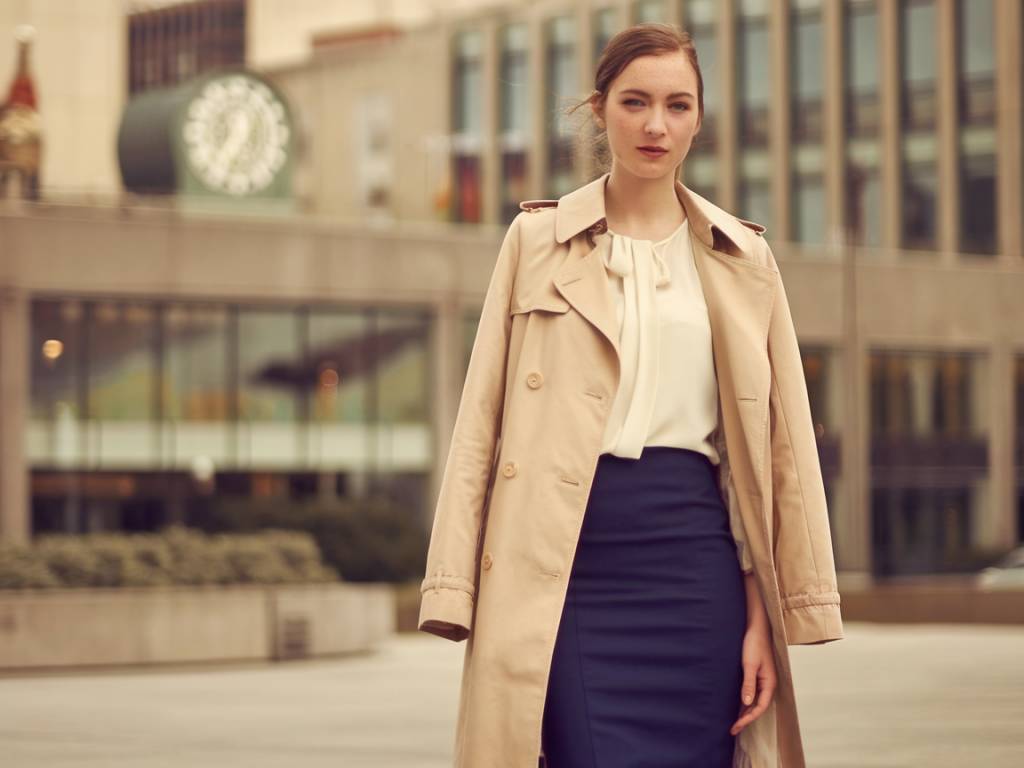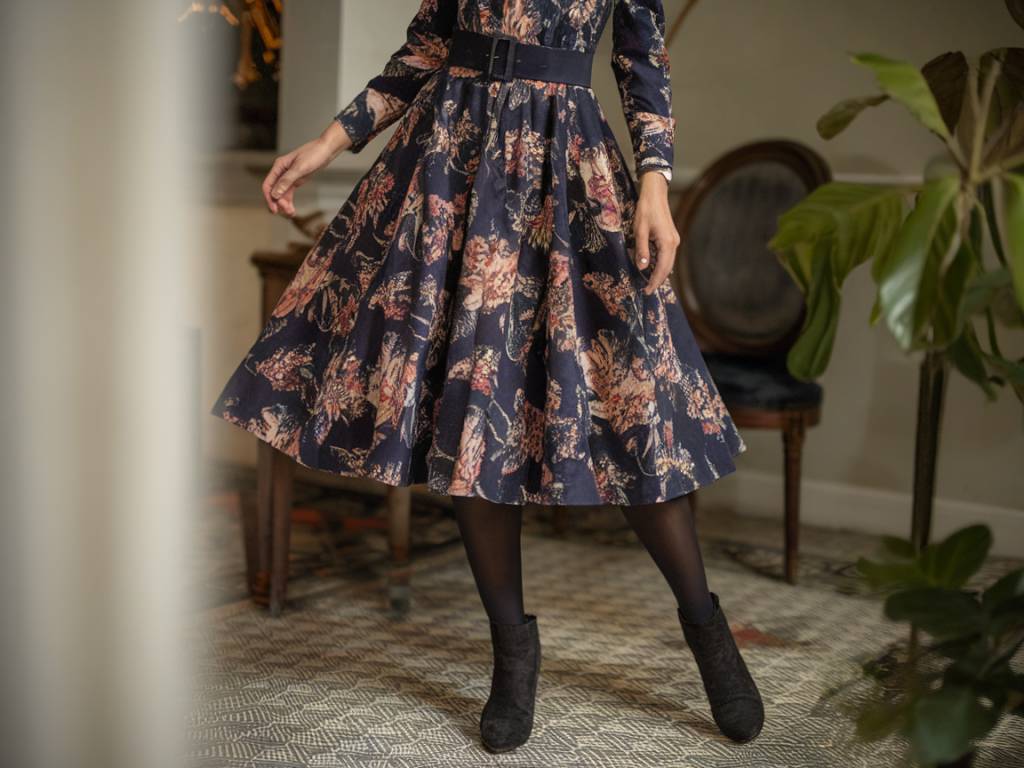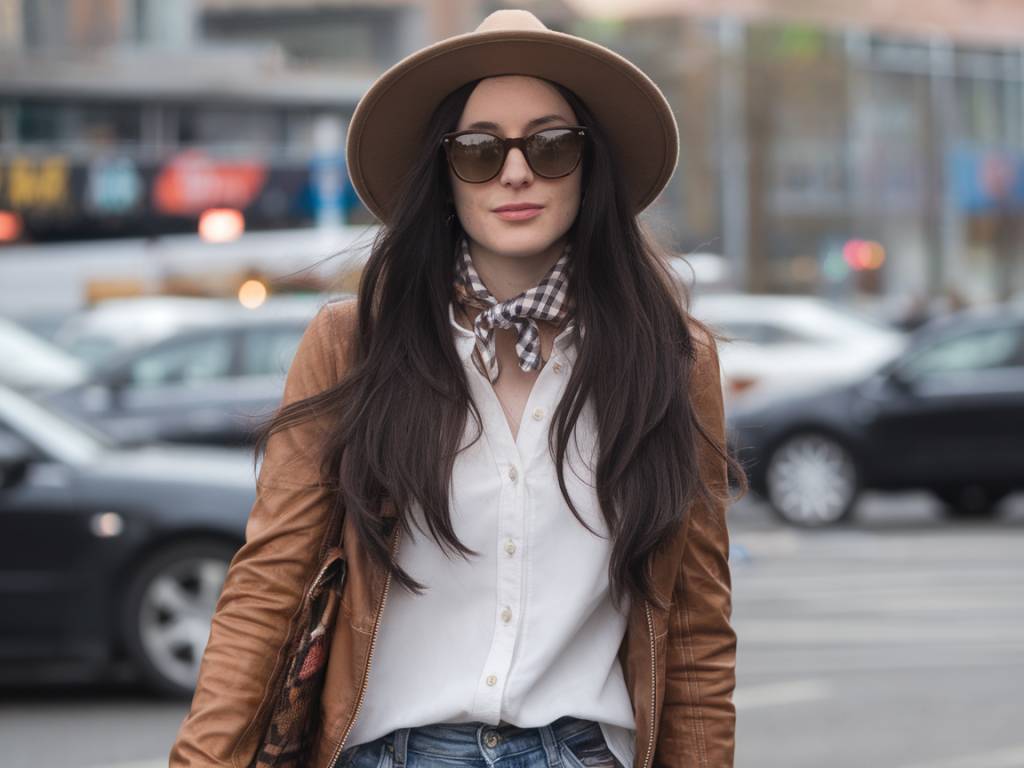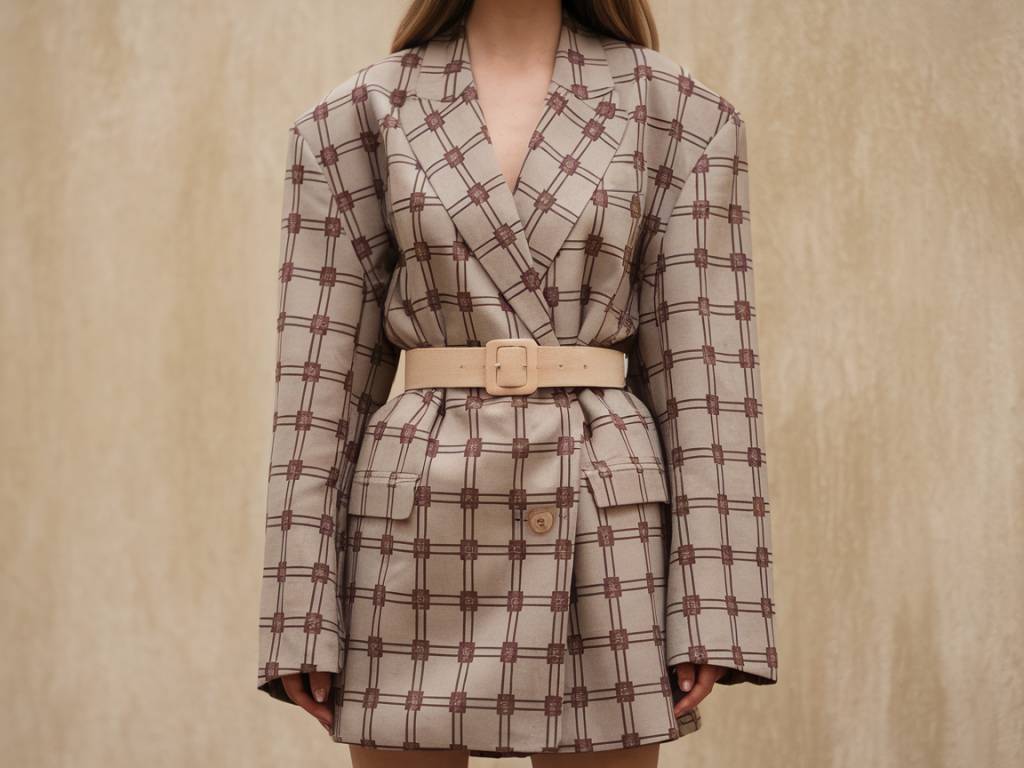Layering clothes has always been one of my favorite ways to express creativity through fashion. It’s such a versatile technique, allowing you to mix textures, colors, and patterns effortlessly. Plus, it’s practical—perfect for those unpredictable days when the weather can’t make up its mind. In this article, I want to share some of my top tips and techniques for mastering the art of layering clothes.
The Basics of Layering
Before diving into the complexities of layering, it’s essential to get the basics right. Understanding the fundamentals will make it easier to experiment and build on them.
Start with a Base Layer
The base layer is the foundation of your ensemble. It should be something lightweight and breathable. Think of simple tees, tank tops, or thin turtlenecks. These pieces should fit comfortably against your skin and be neutral in color so they can easily blend with the rest of your outfit.
Add Middle Layers for Texture and Warmth
The middle layer is where you can start to introduce different textures and patterns. Sweaters, cardigans, and blazers are excellent choices. This layer adds warmth, which is particularly useful for colder seasons. Opt for materials like wool, cashmere, or chunky knits for added comfort.
Top it Off with Outer Layers
The outer layer is the pièce de résistance of your look. Coats, jackets, and trench coats not only offer protection against the elements but also add a polished and cohesive touch to your outfit. Denim jackets, leather coats, and oversized blazers are timeless options.
Accessorize Thoughtfully
Accessorizing is key when it comes to layering. Scarves, hats, and gloves can add another dimension to your look. However, the trick is not to overdo it. Too many accessories can clutter your ensemble, making it appear bulky and overwhelming.
Color Coordination
One of the most challenging aspects of layering is getting the colors right. Using a cohesive color palette can make or break your outfit. Here are some tips:
- Monochromatic: Sticking to varying shades of a single color creates a sophisticated and chic look.
- Complementary Colors: Using colors on opposite sides of the color wheel adds contrast and makes each piece stand out.
- Neutrals: When in doubt, you can never go wrong with neutrals like black, white, beige, and gray. They blend seamlessly and elevate your outfit.
Mixing Textures and Patterns
The real magic in layering comes when you start mixing different textures and patterns. This not only adds depth but also makes your outfit more interesting and dynamic. Here are a few combinations to try:
- Silk and Knits: The smoothness of silk contrasts beautifully with the chunkiness of knitwear.
- Leather and Denim: A leather jacket over a denim shirt or jeans creates a rugged yet stylish look.
- Prints and Solids: Balancing prints with solid colors can make the prints pop without overwhelming the eye.
Pay Attention to Proportions
Layering can sometimes make your outfit look bulky if not done correctly. Paying attention to proportions is crucial. Here’s how to maintain a balanced look:
- Top-Heavy: If your upper layers are bulky, pair them with slim-fit bottoms like skinny jeans or tailored trousers.
- Bottom-Heavy: If your lower layers have more volume, opt for fitted tops to balance the proportions.
- Short and Long Layers: Combining short and long layers helps create a more dynamic and balanced outfit. A short jacket over a longer top can elongate your silhouette.
Practical Tips for Everyday Layering
Mastering layering isn’t just about looking good; it’s also about practicality. Here are some everyday tips to make layering work for you:
- Weather Considerations: Always check the weather forecast before layering. This ensures you’re neither too hot nor too cold.
- Layer Strategically: Make sure the layers you add and remove throughout the day are easy to put on and take off. Opt for buttons, zippers, and open-front designs.
- Comfort Matters: Always prioritize comfort. Layers should enhance your ensemble, not make it cumbersome.
Layering for Different Occasions
Layering isn’t a one-size-fits-all approach. The way you layer for casual outings will differ from how you layer for more formal events. Here’s a breakdown:
Casual Layering
For casual occasions, layering is all about comfort and ease. Opt for soft fabrics like cotton and knits. Here’s a quick example:
- Start with a basic white tee.
- Add a chunky knit cardigan.
- Top it off with a denim jacket.
- Pair with jeans and ankle boots for a relaxed look.
Office Layering
Office layering should be polished yet comfortable enough to wear throughout the day. Stick to neutral colors and minimalist patterns:
- Begin with a fitted blouse or a turtleneck.
- Layer with a light, tailored blazer.
- Add a trench coat for those chilly morning commutes.
- Pair with tailored trousers or a pencil skirt.
Evening Layering
When layering for evening outings, aim for a touch of elegance and sophistication:
- Start with a silk camisole or a form-fitting dress.
- Add a cropped leather jacket for a bit of edge.
- Top with a wool coat for warmth and style.
- Finish the look with statement jewelry and heels.
Final Thoughts
Layering is an art that, once mastered, can significantly enhance your wardrobe versatility. It allows you to play with different styles, textures, and colors, making each outfit uniquely yours. So, don’t be afraid to experiment and find your personal layering style. After all, fashion is all about expressing yourself and having fun along the way!
I hope these tips help you master the art of layering clothes. Feel free to drop your thoughts and share your favorite layering techniques in the comments below!




